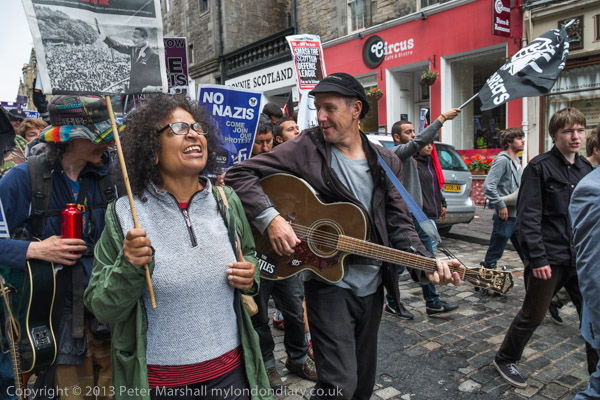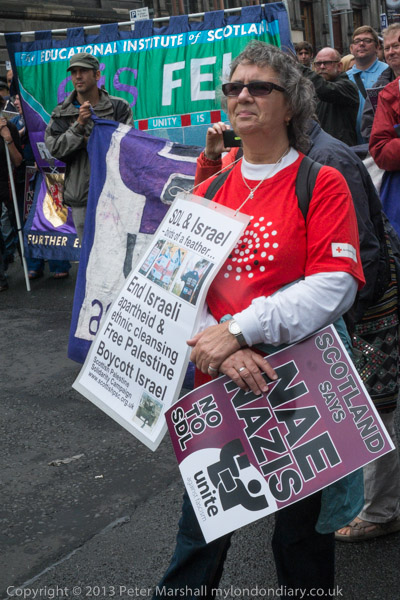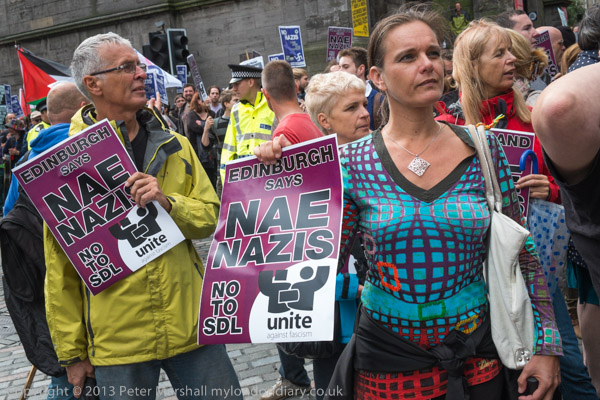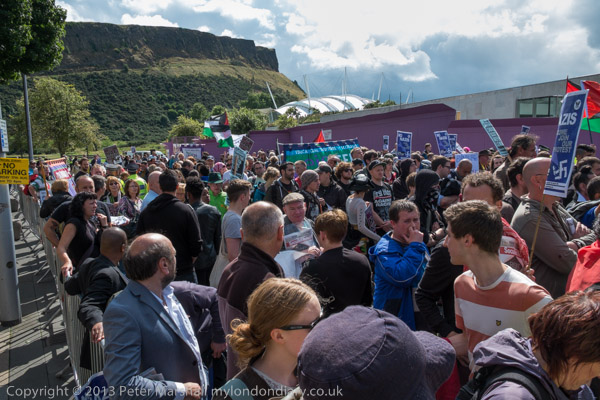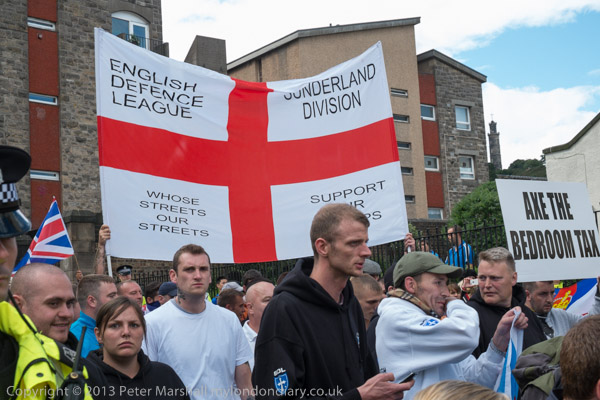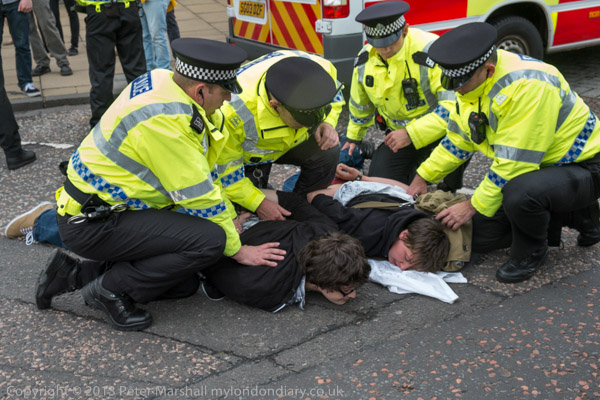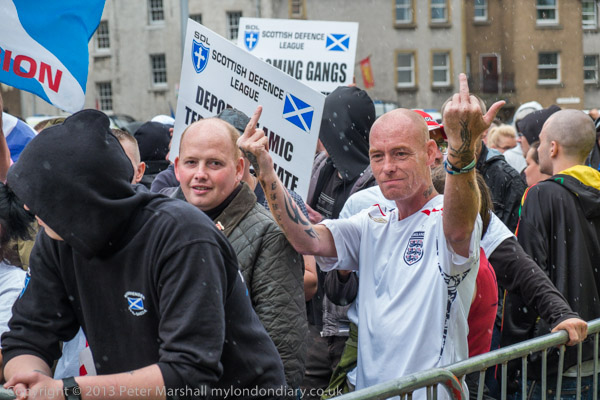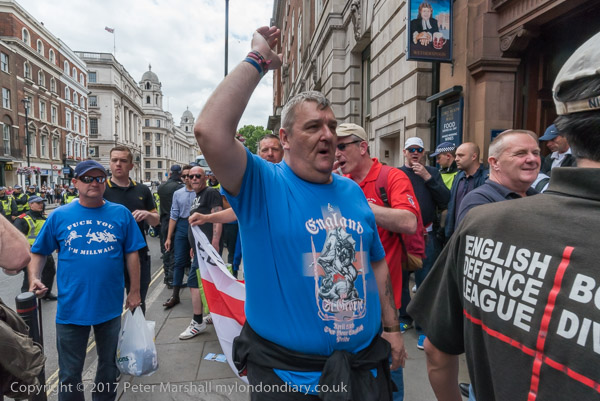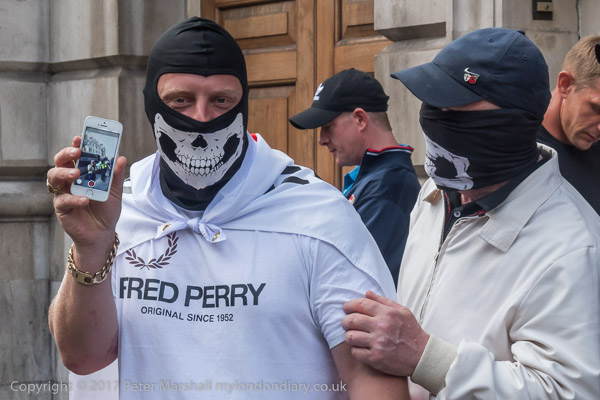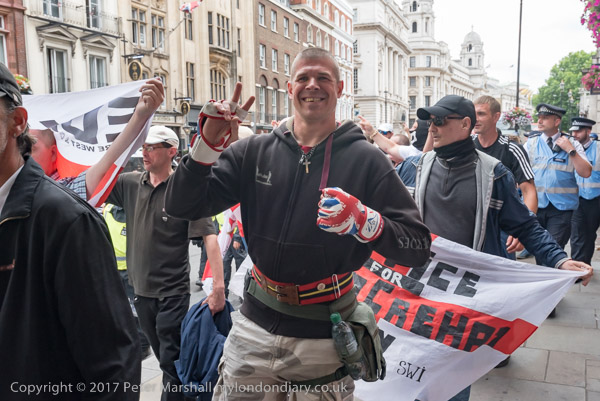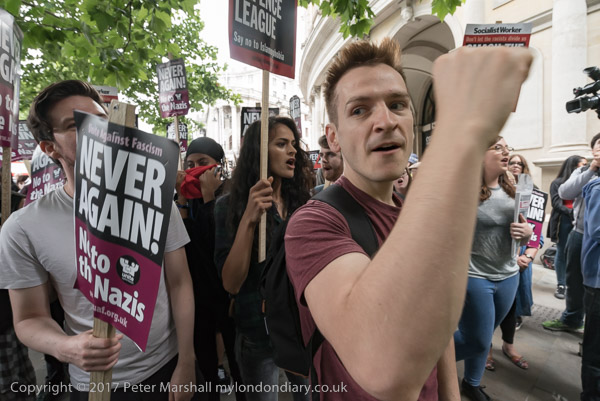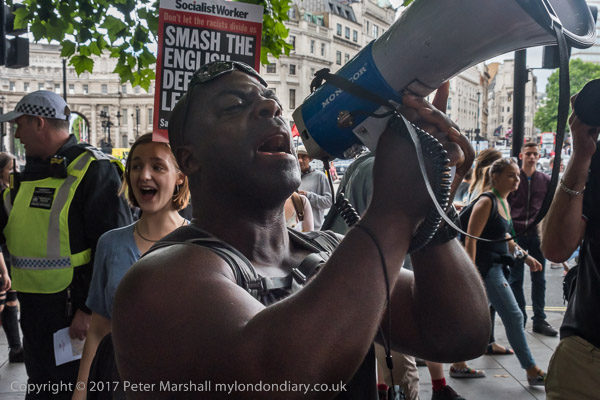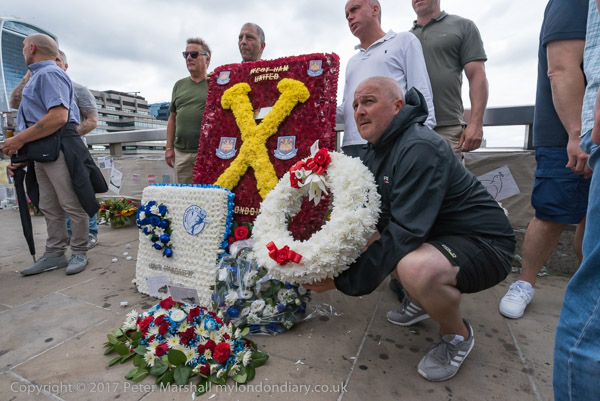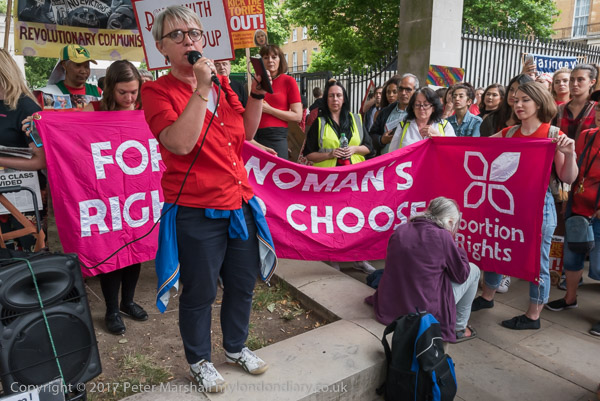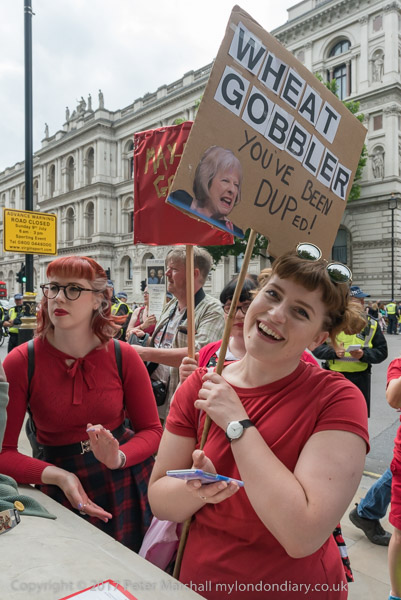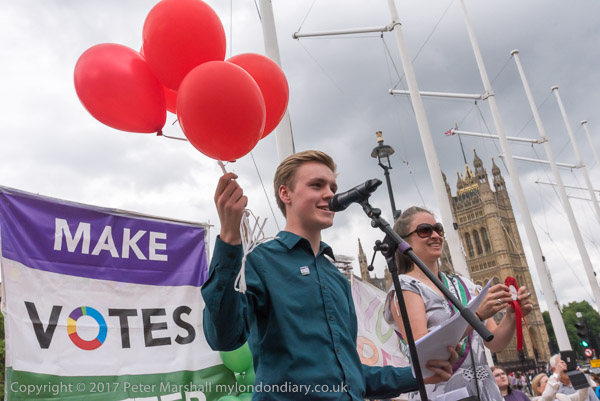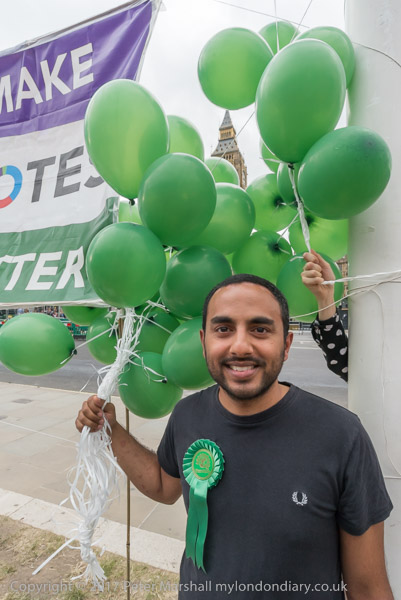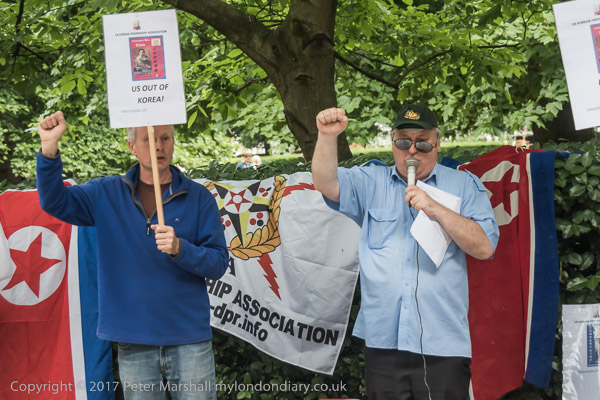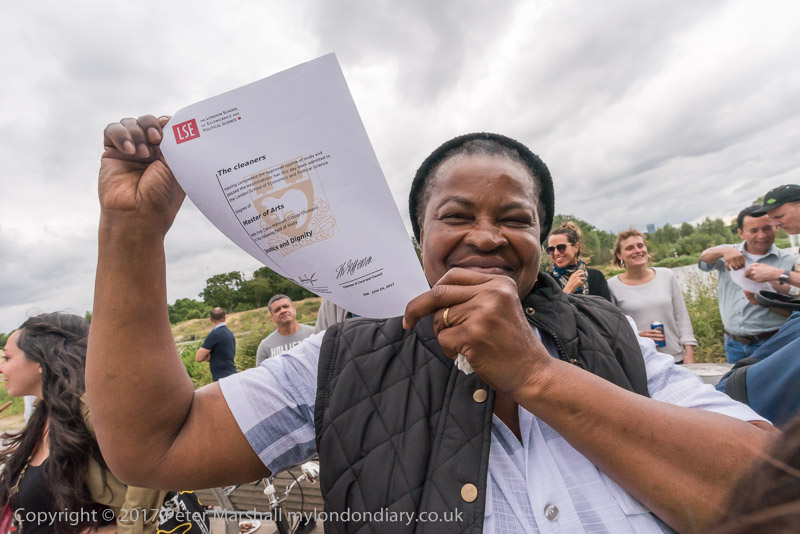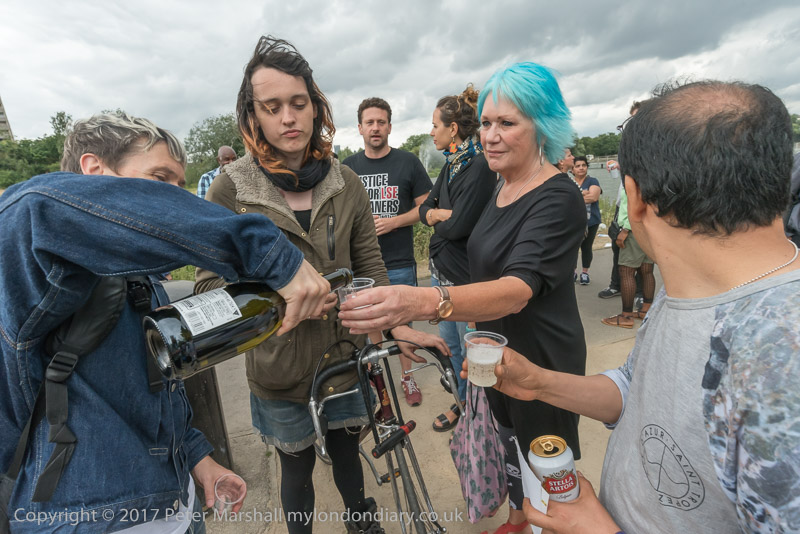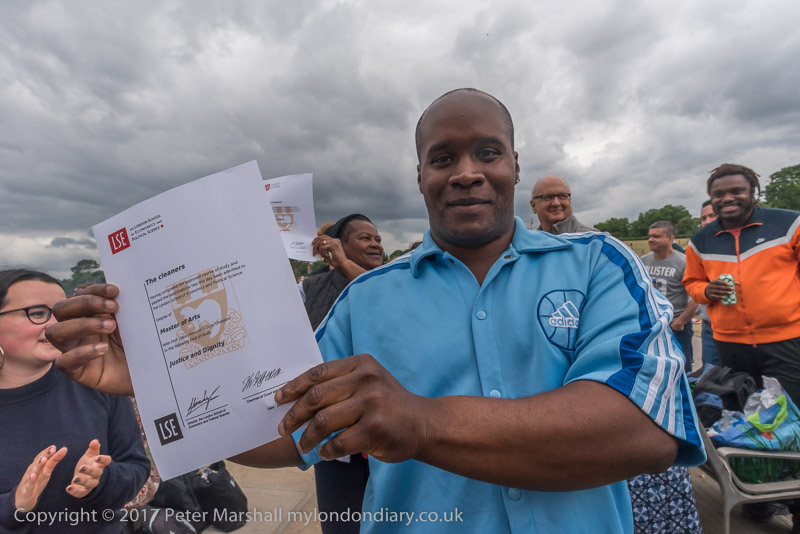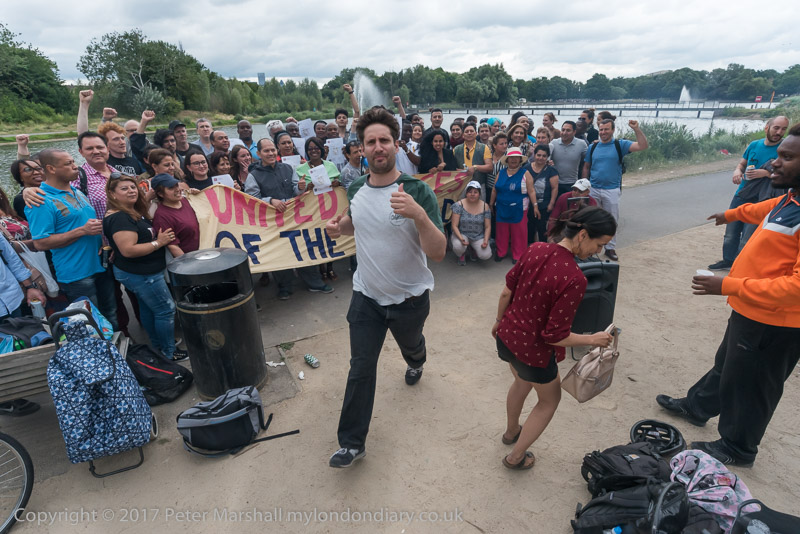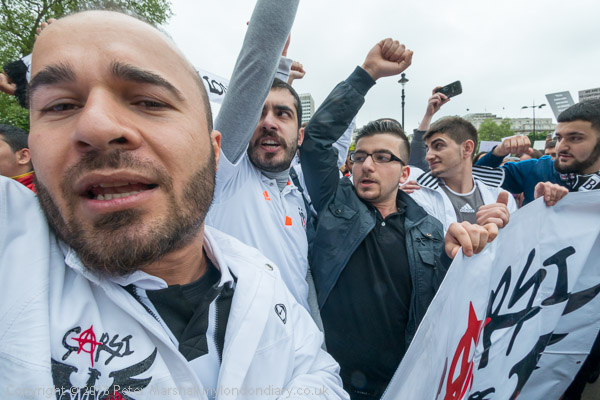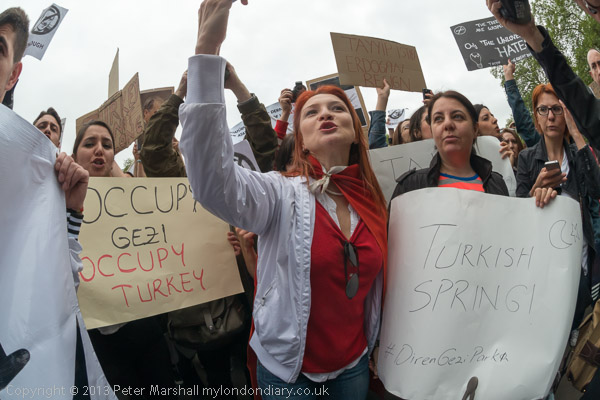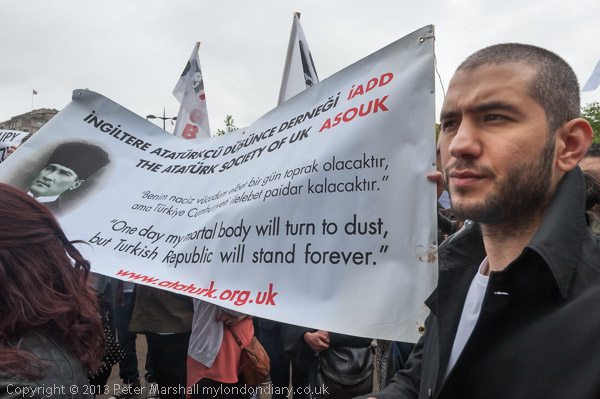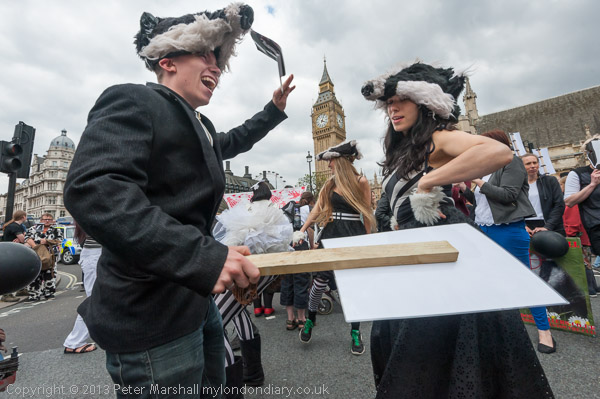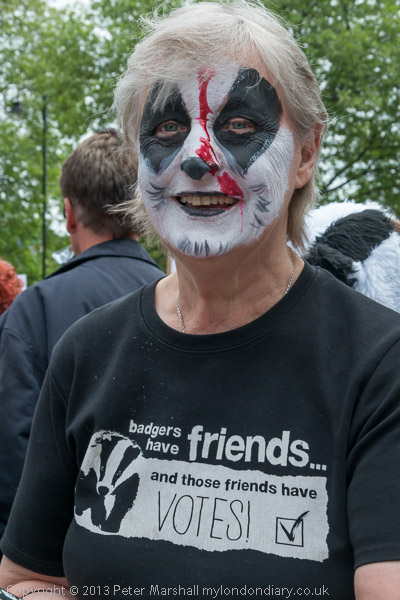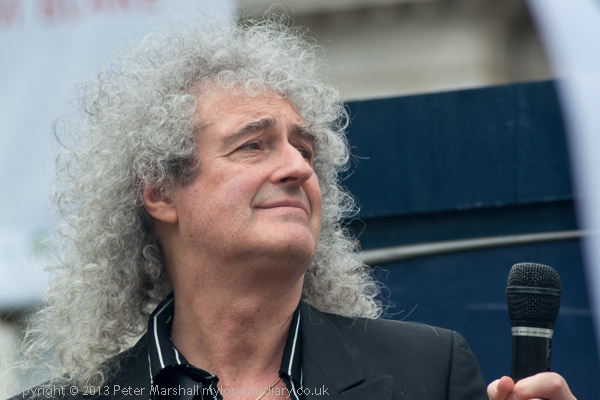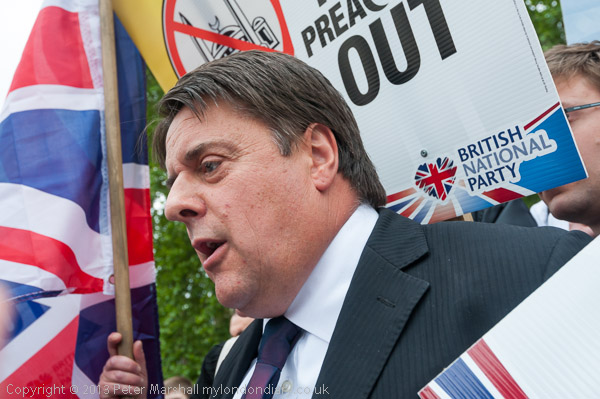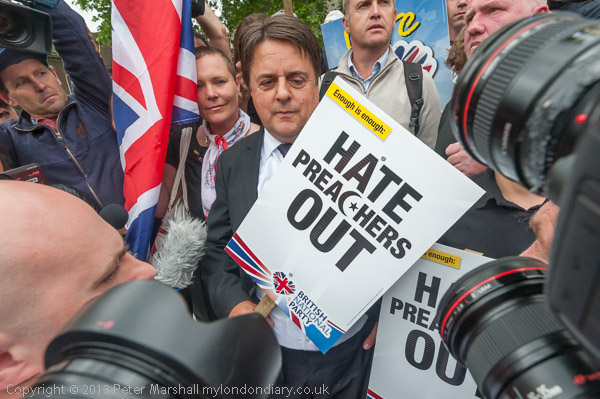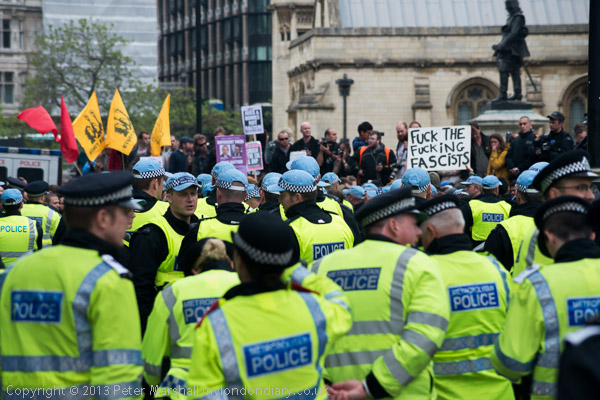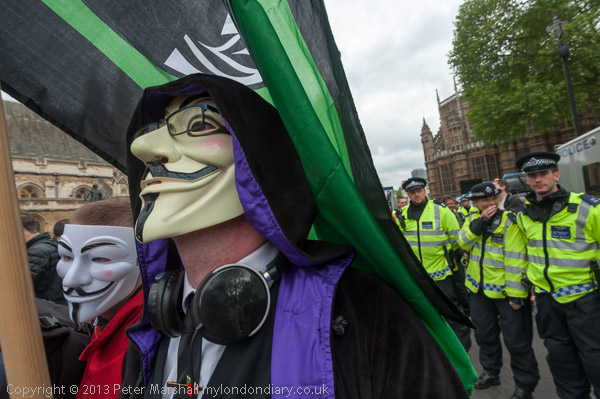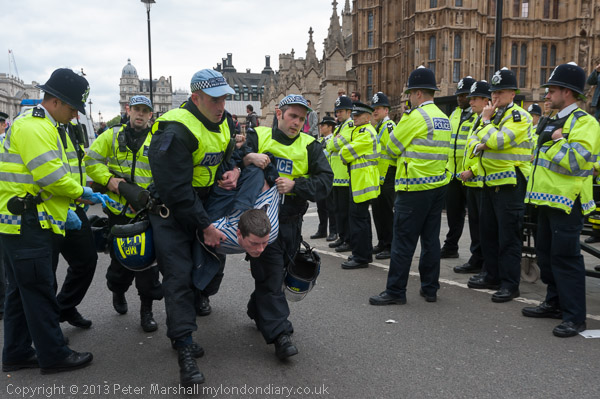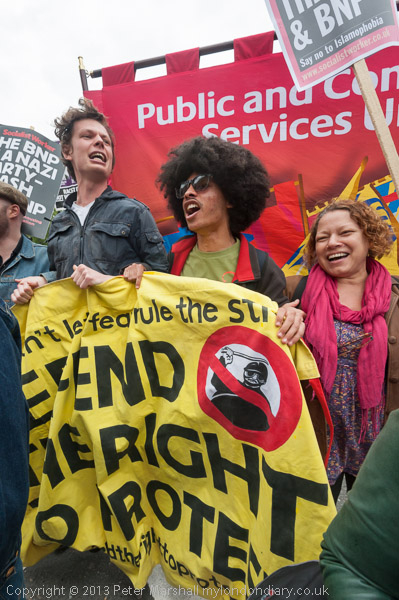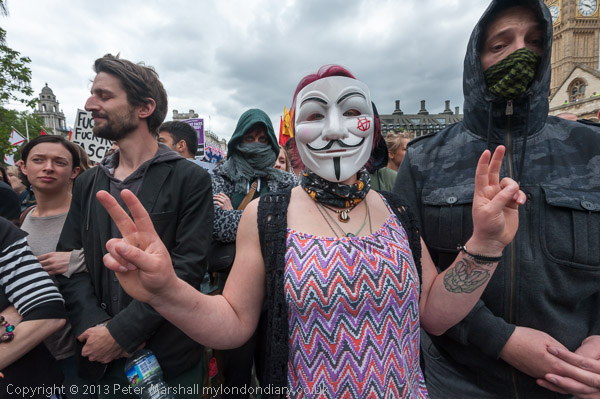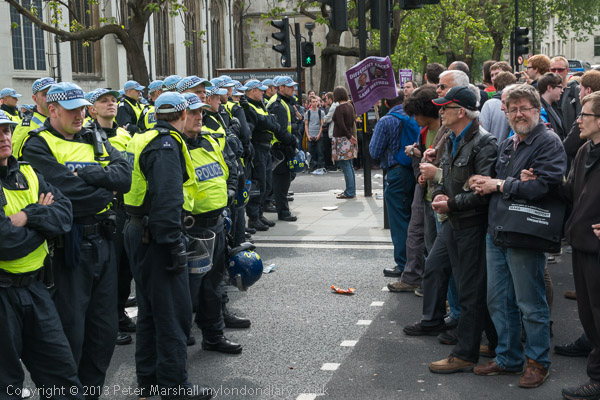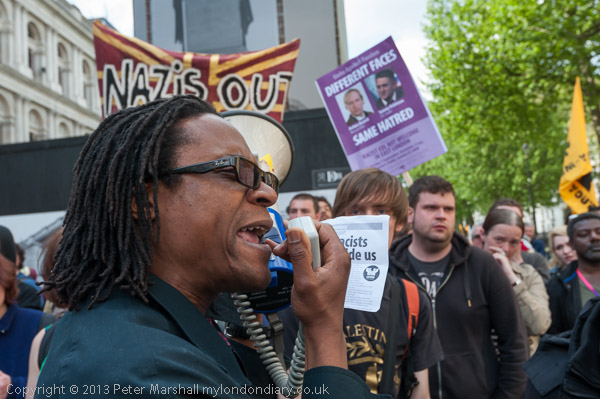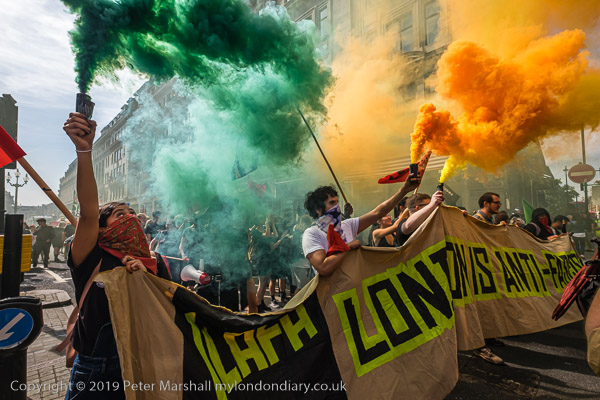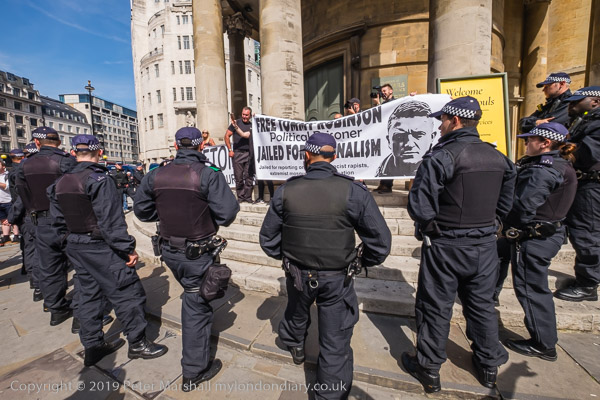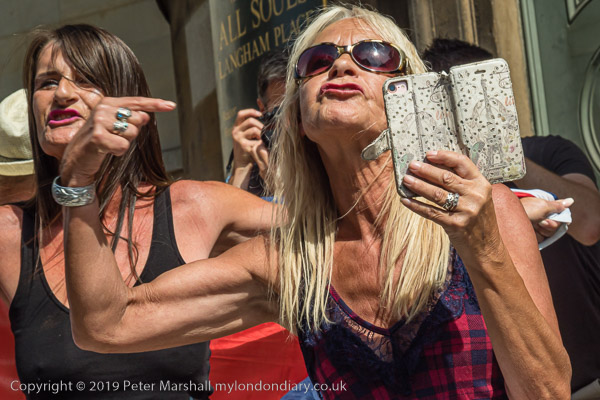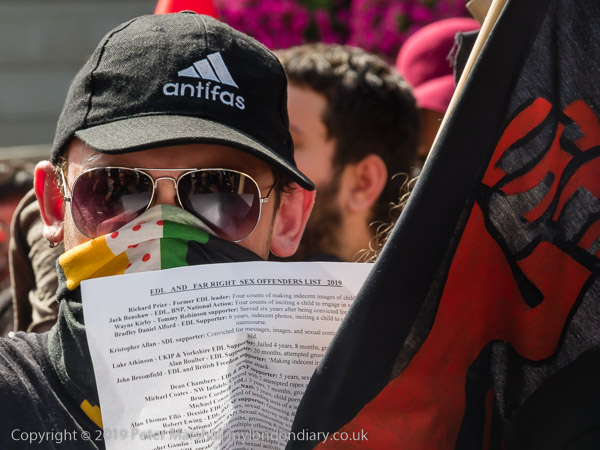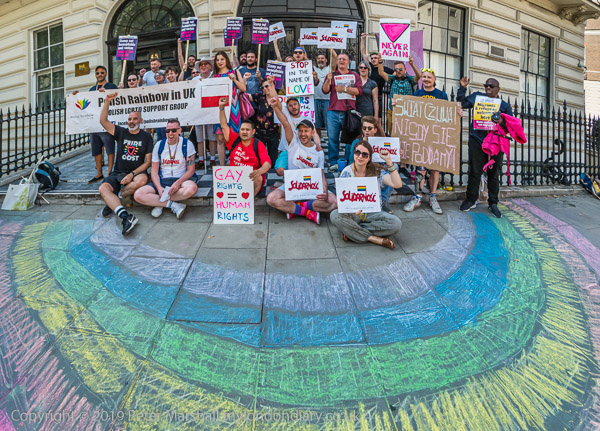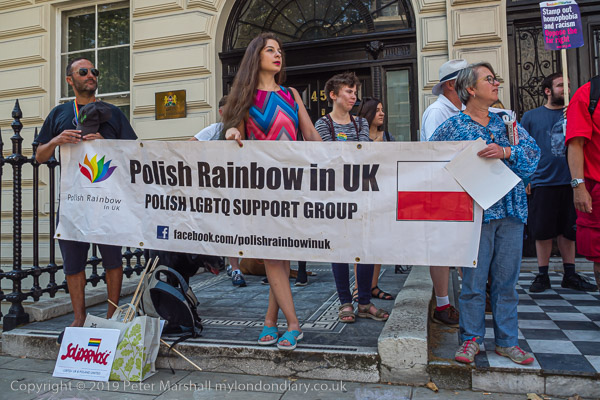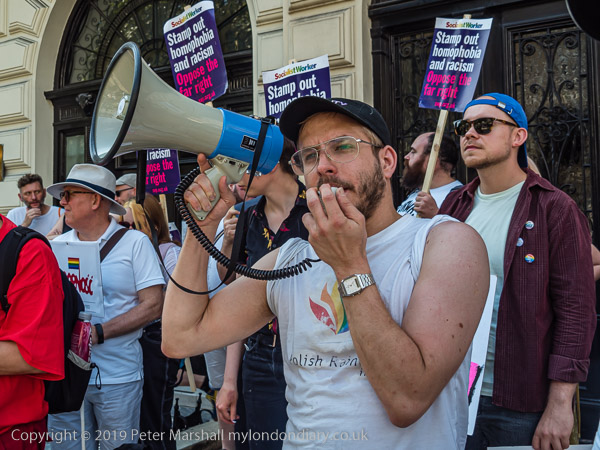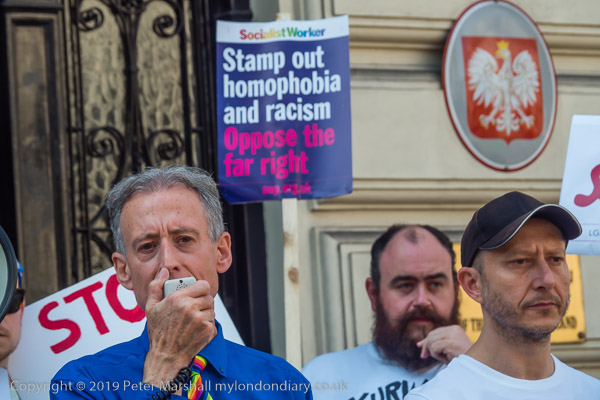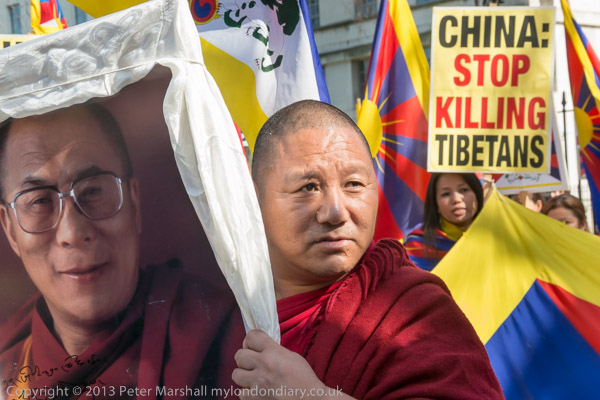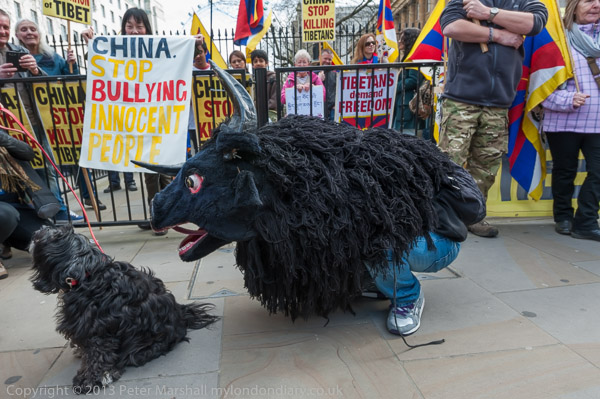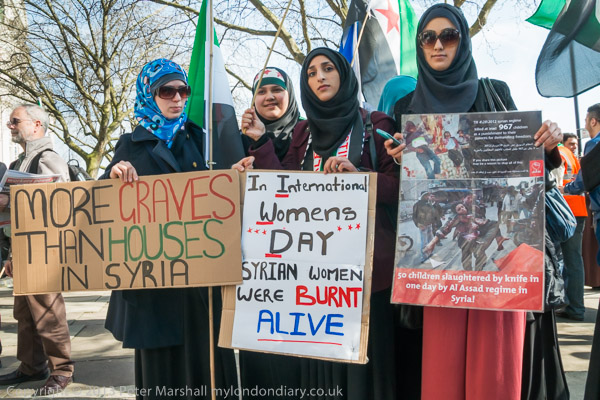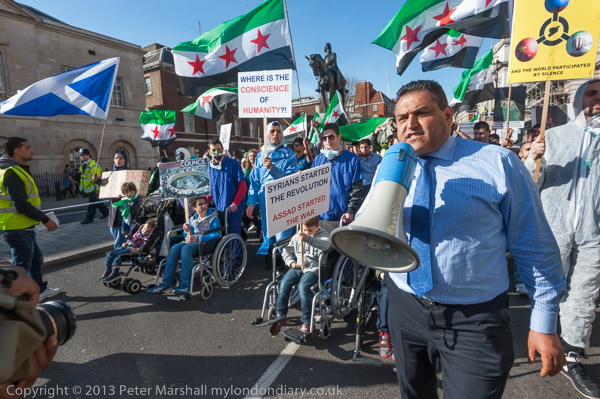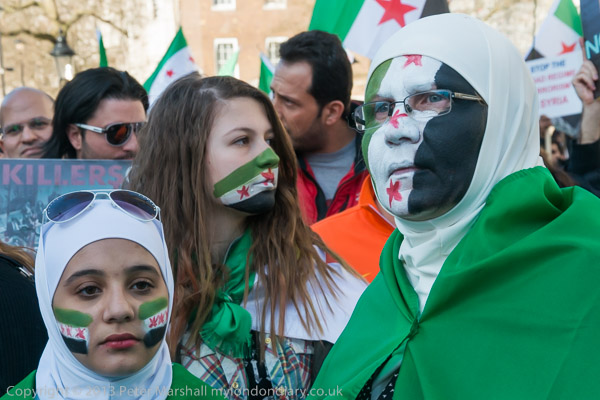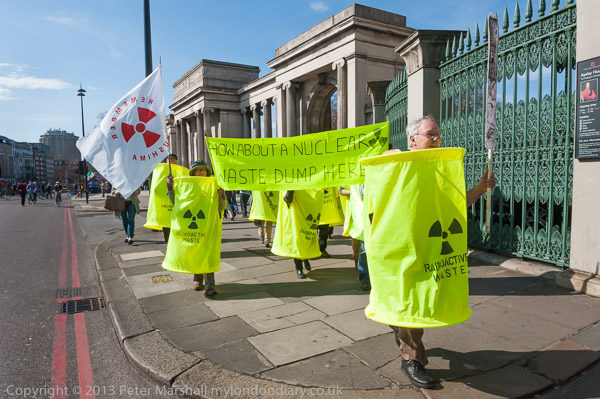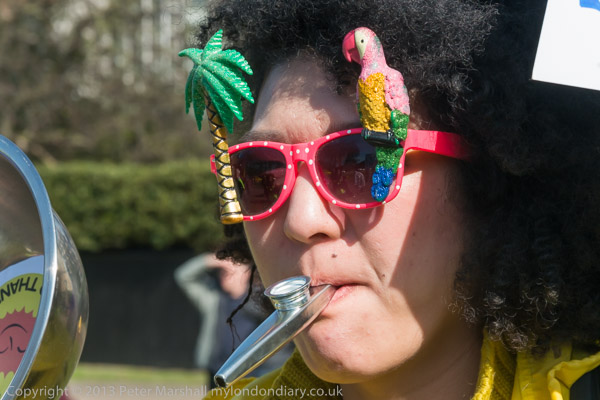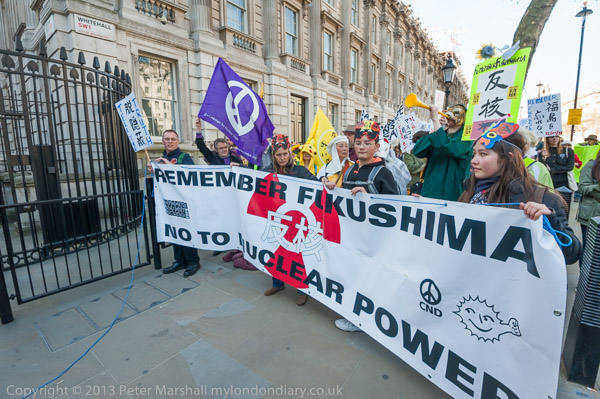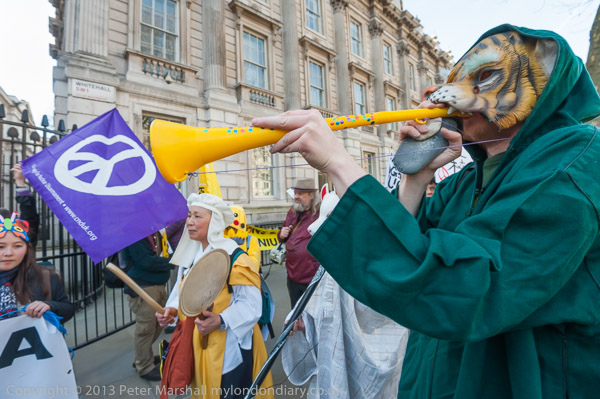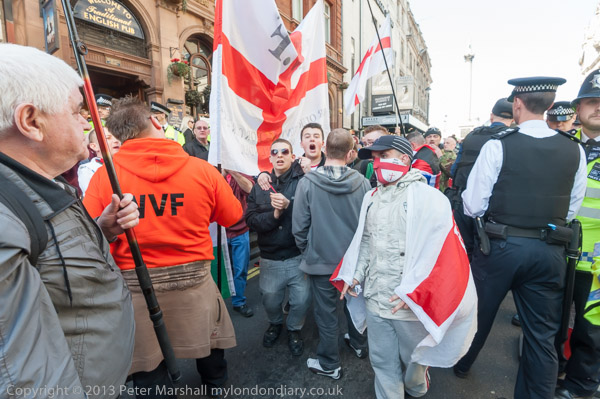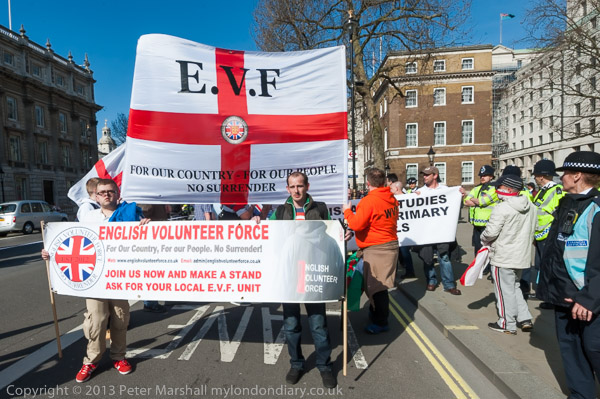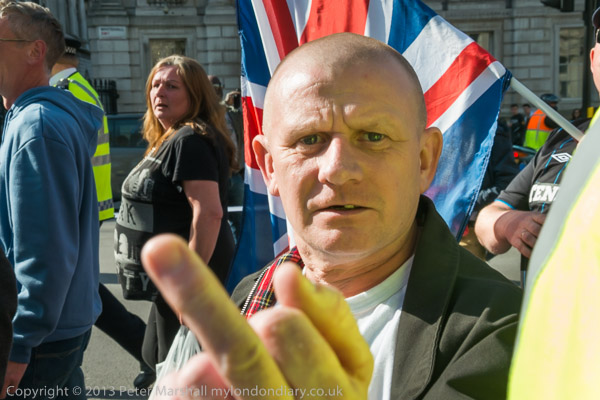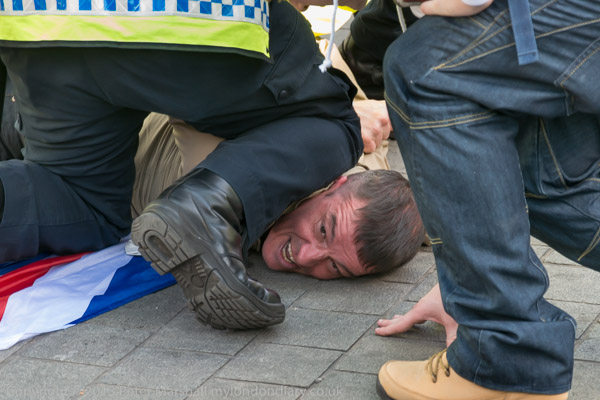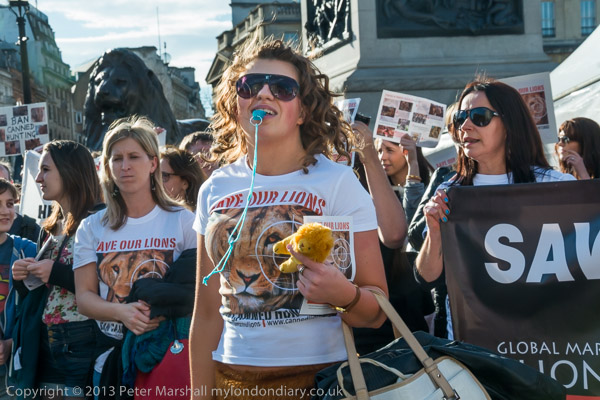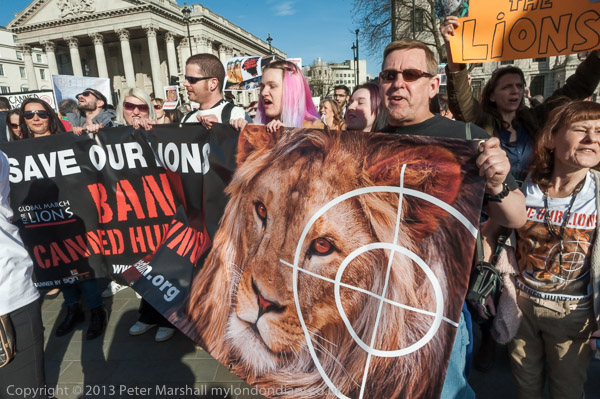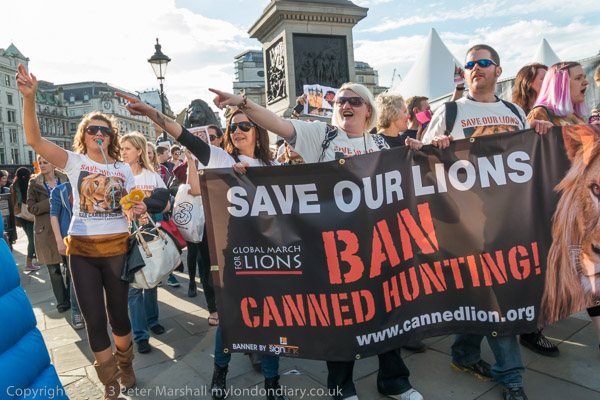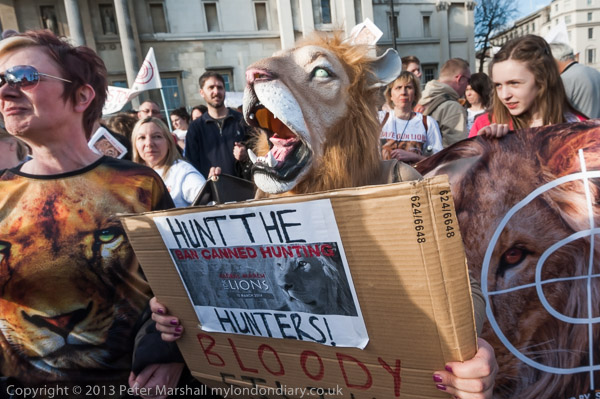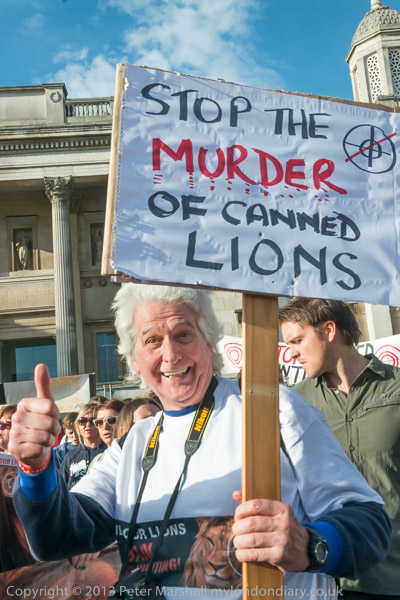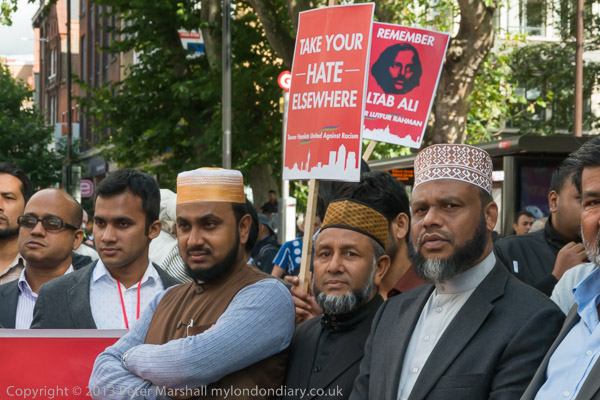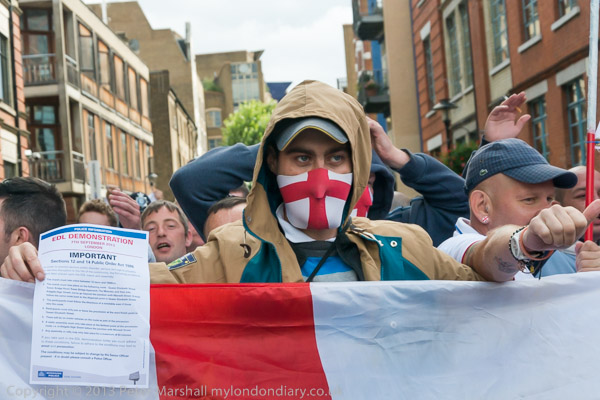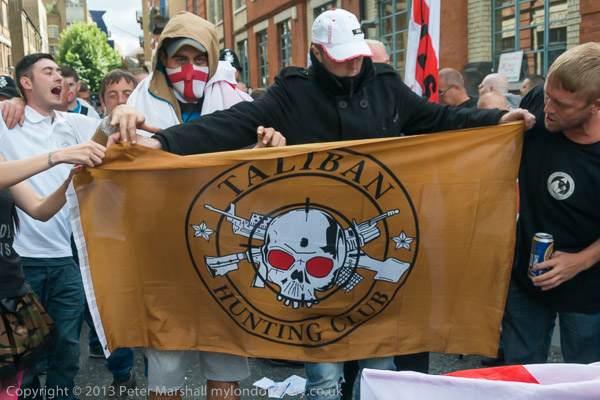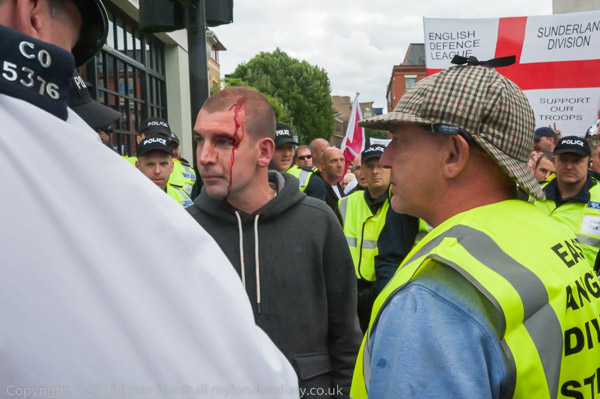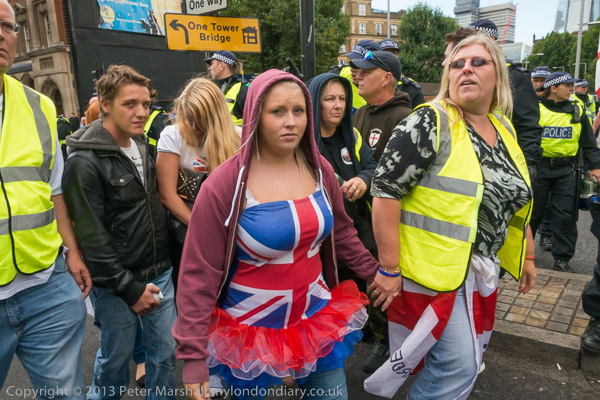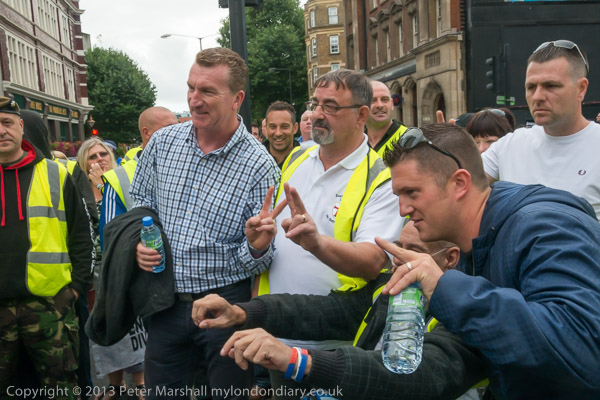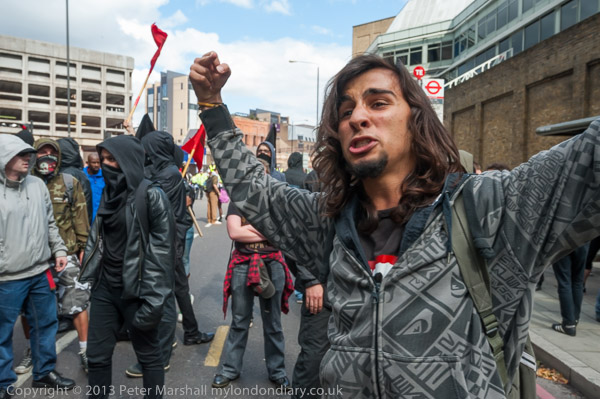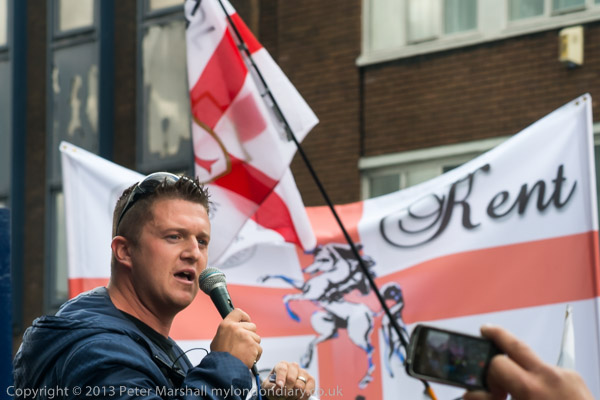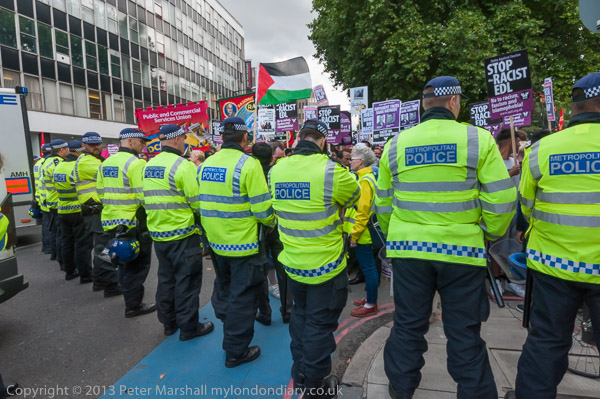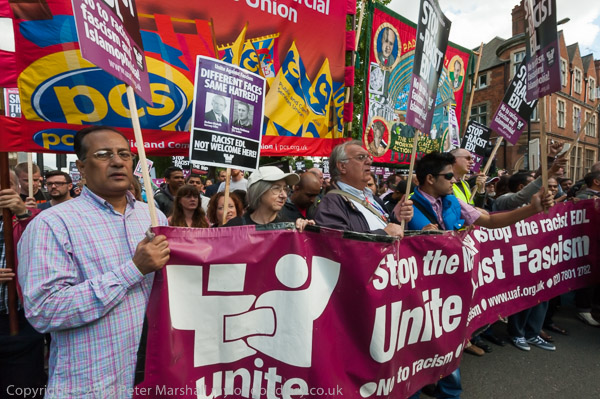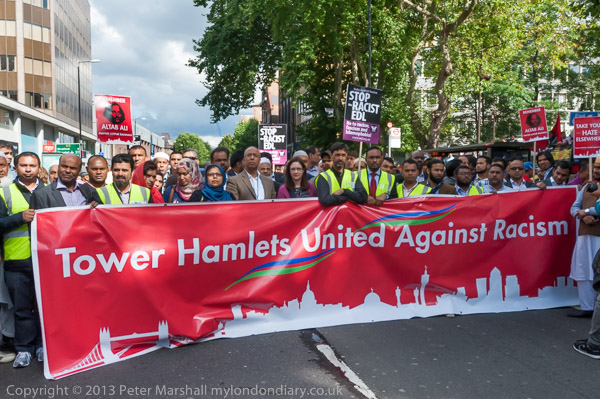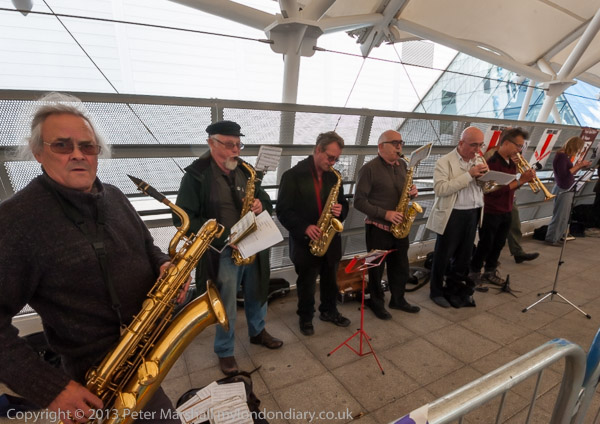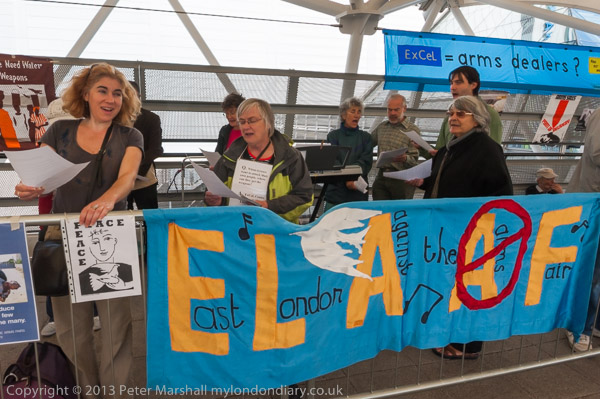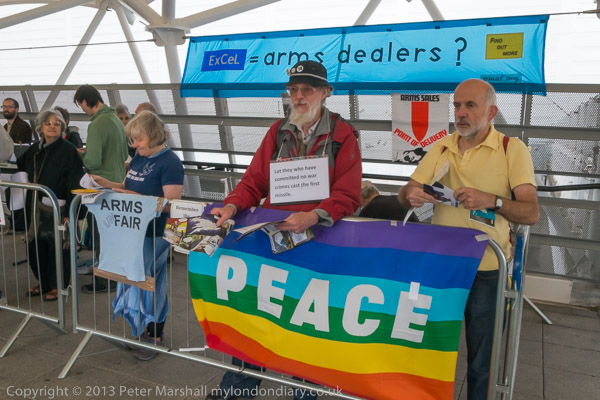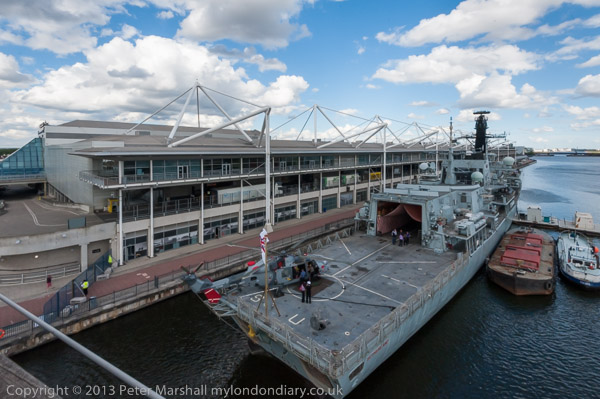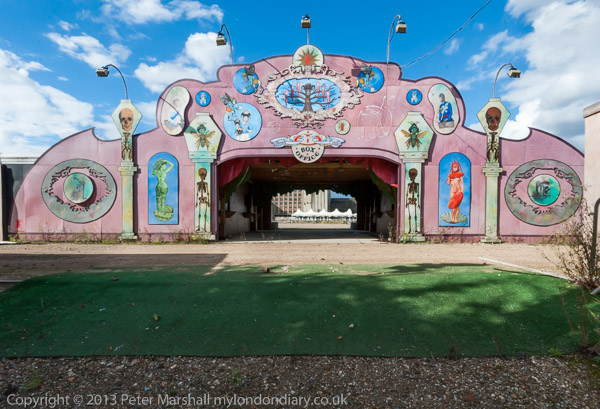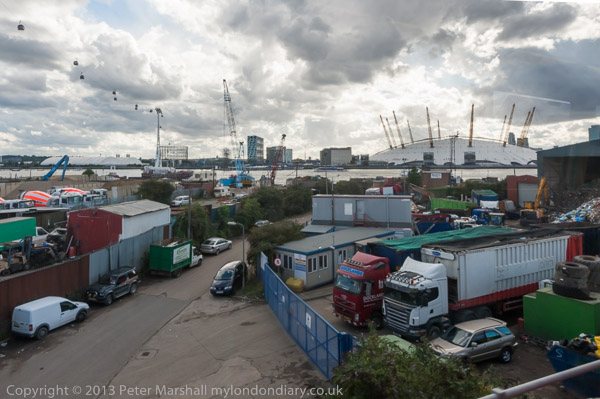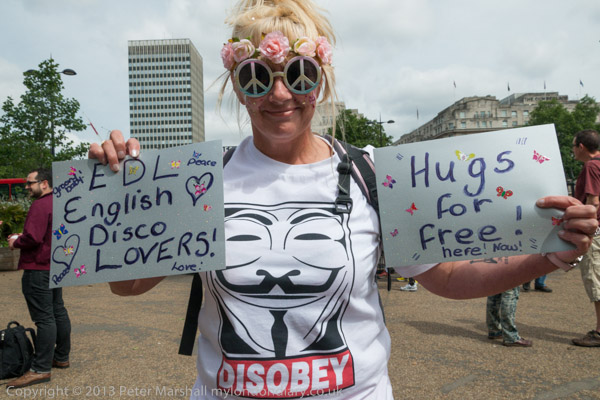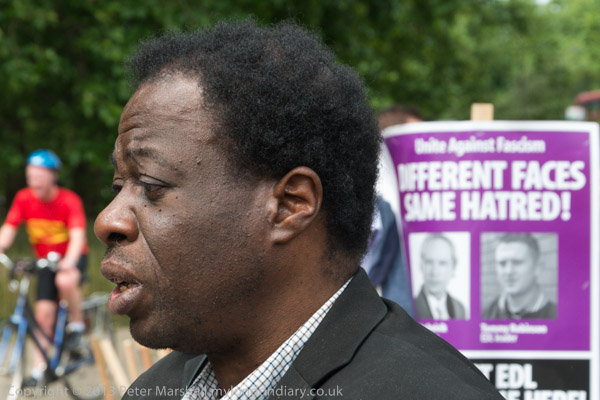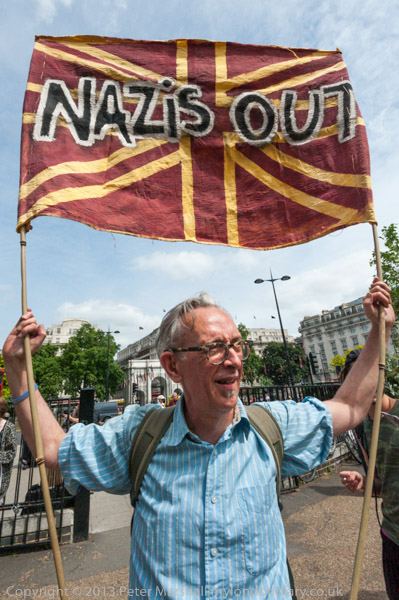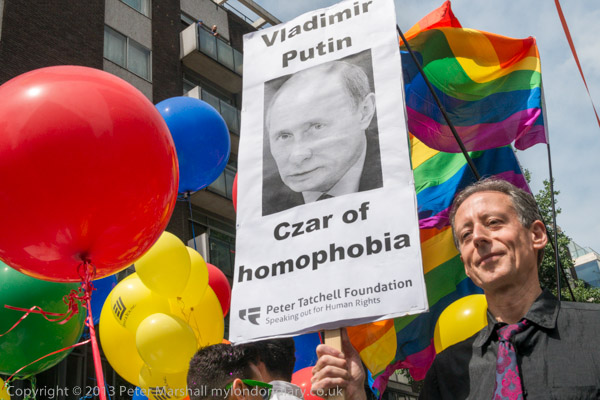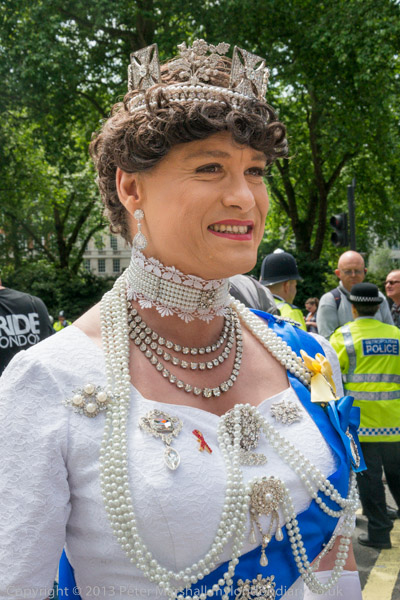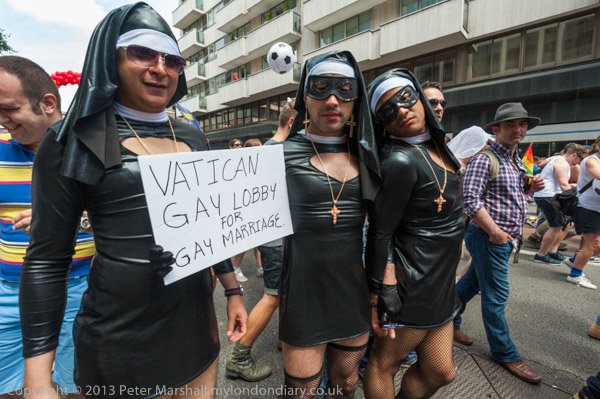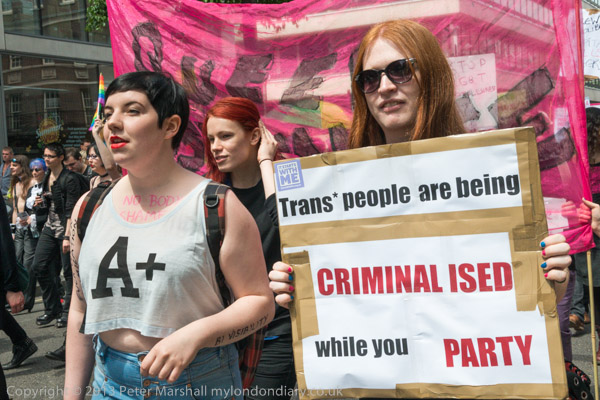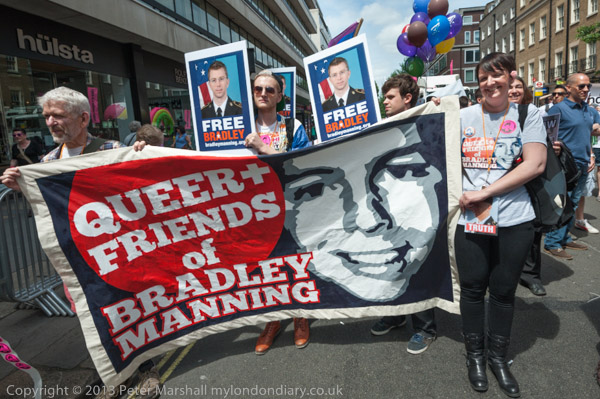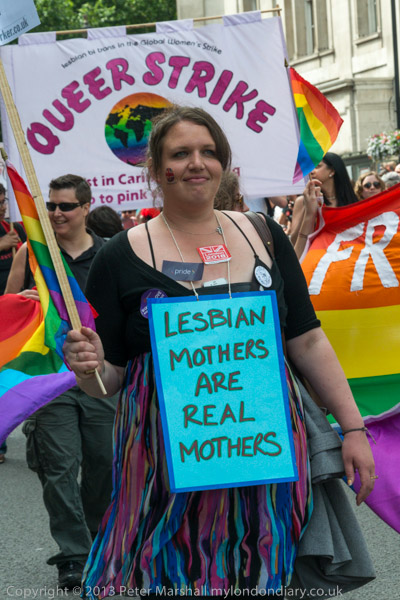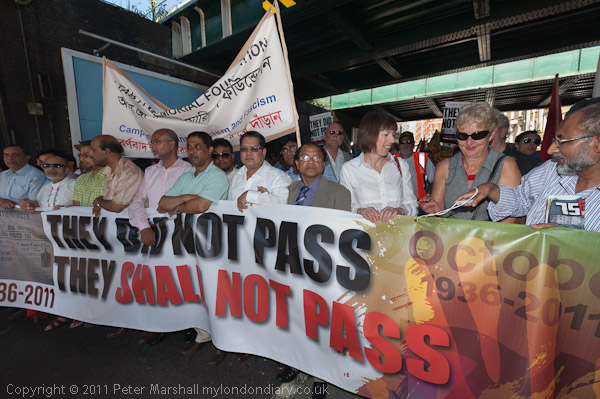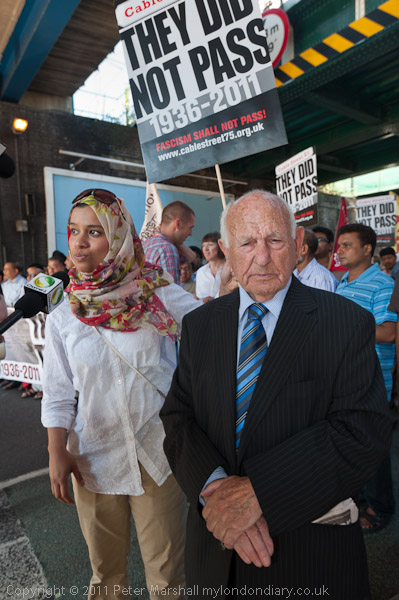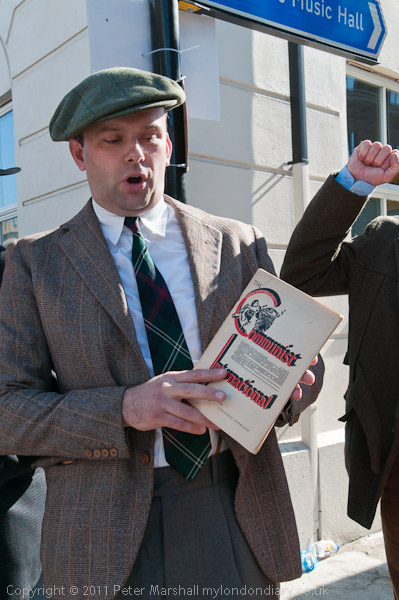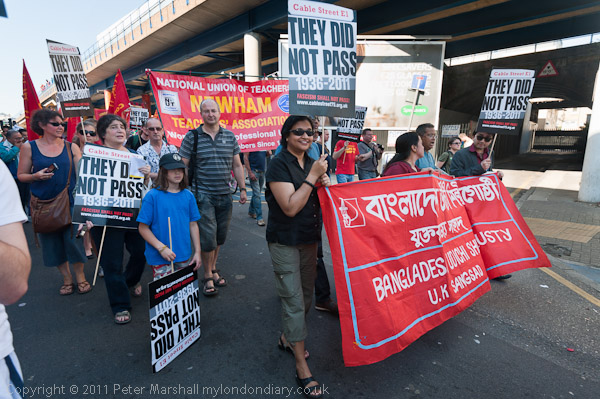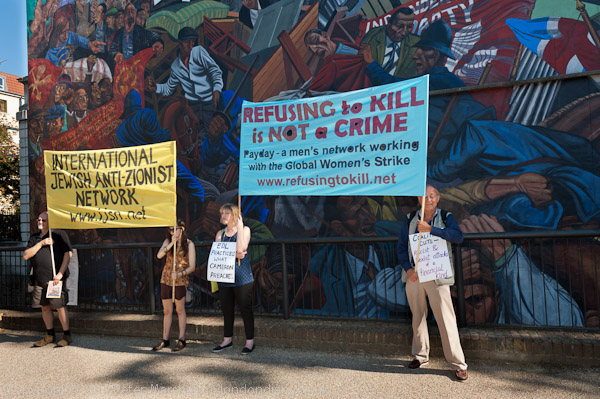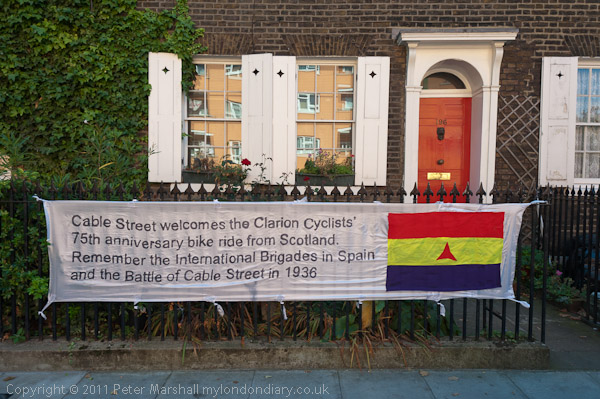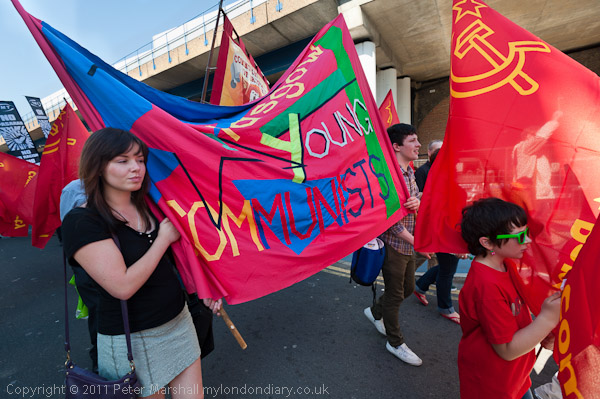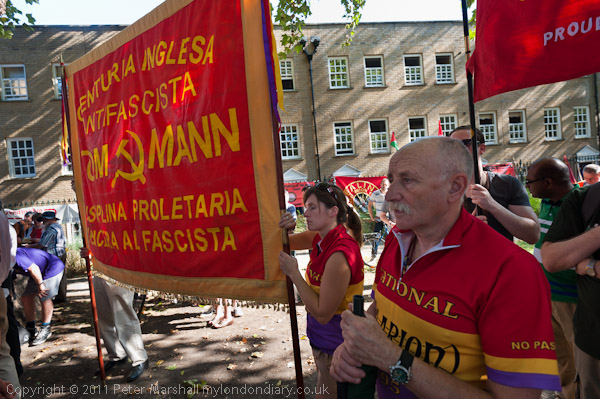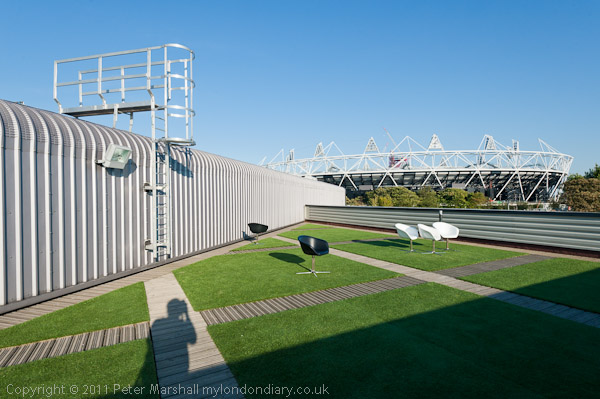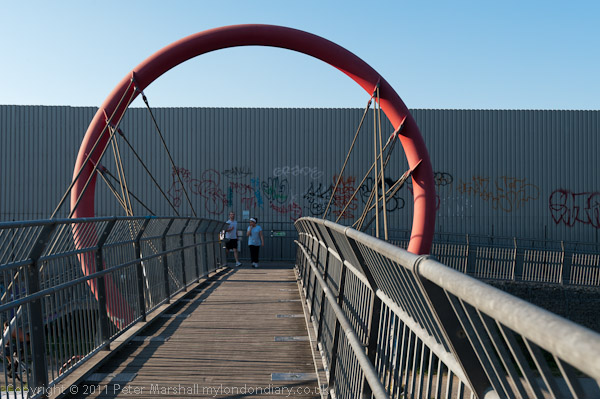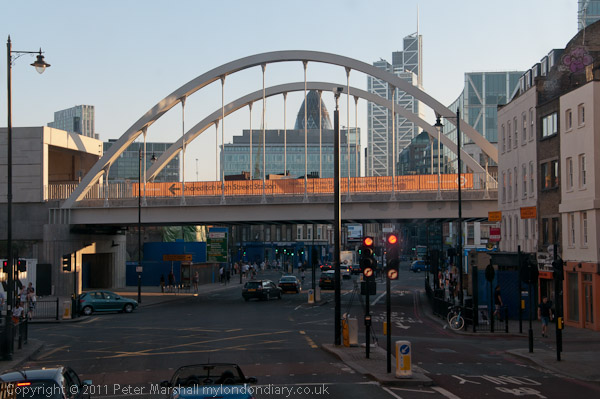Battle of Cable St: On Sunday 2 October 2011 well over a thousand trade unionists and anti-fascists celebrated the 75th anniversary of the Battle of Cable Street when Mosley’s fascists were prevented from marching into London’s largely Jewish East End.
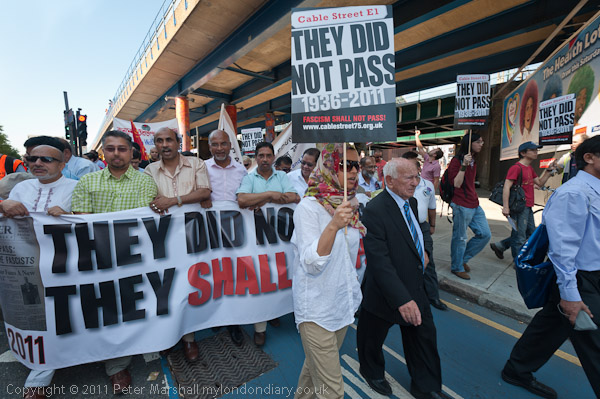
Since 2011 we have seen other celebrations of this famous event and the people of the East End have also come together to stop other racist organisations marching into the East End, notably the EDL.
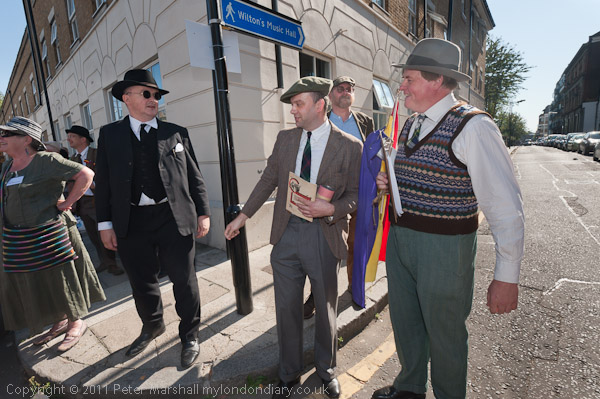
In 1936 Oswald Mosley led the ‘British Union of Fascists’, an organisation modelled on Mussolilni’s Italian fascist paramilitary groups on a march designed to intimidate the large Jewish community in the East End.
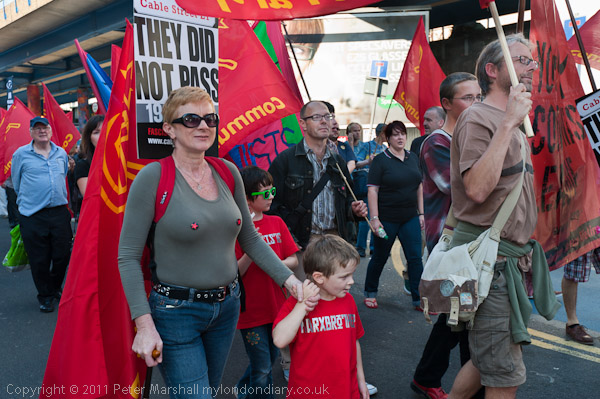
Although various groups tried to get the march banned the Home Secretary sided with the fascists insisting their democratic right to march had to be upheld by the police. The fascists were also supported by the right wing press, particularly the Daily Mail, while more liberal newspapers urged people to stay away from the counter demonstration.
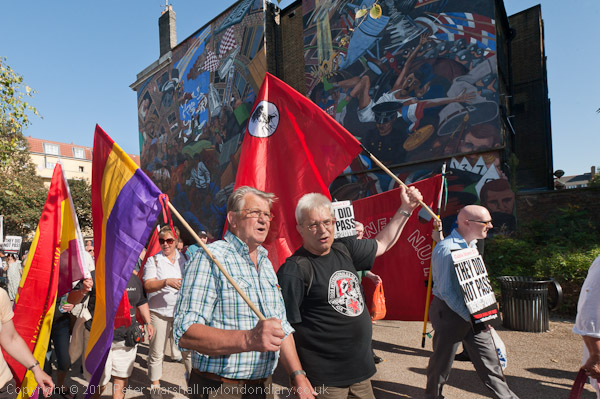
The Board of Deputies of British Jews had condemned the march as anti-Semitic, and they had advised people to stay away from the march as did the Labour Party. The opposition to Mosley was led by local members of the Communist Party of Great Britain including Phil Piratin who nine ears later became Communist MP for Mile End. They eventually persuaded the party to back the counter-demonstration.
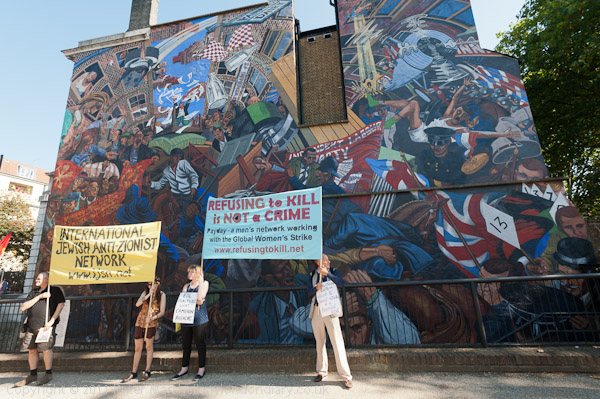
Somewhere between 100,000 and 300,000 people turned out to stop the fascists. Many were Jewish, and many were members or supporters of the Communist Party but the call brought out many others from the East End, including “Irish Catholics, Jews, Orthodox Jews, dockers and Somali seamen” in a huge mobilisation across the community.
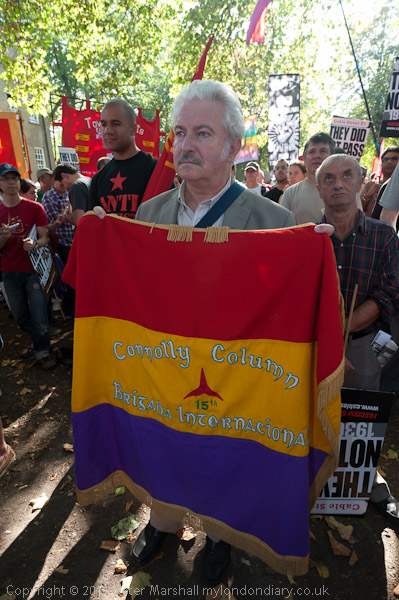
There are three routes leading into the East End from the City of London where Mosely and people gathered at key points on them, particularly at Aldgate, where most of the fighting between police and protesters took place, particularly around Gardiner’s Corner – where a ten years ago Class War carried out their long series of Poor Doors protests against social apartheid in housing.
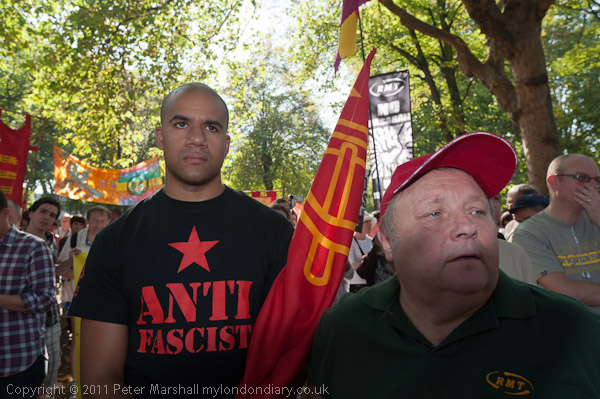
Police decided to try and force a way through at Cable Street a little to the south and tried to force a way through the crowds and remove the barricades they had set up.
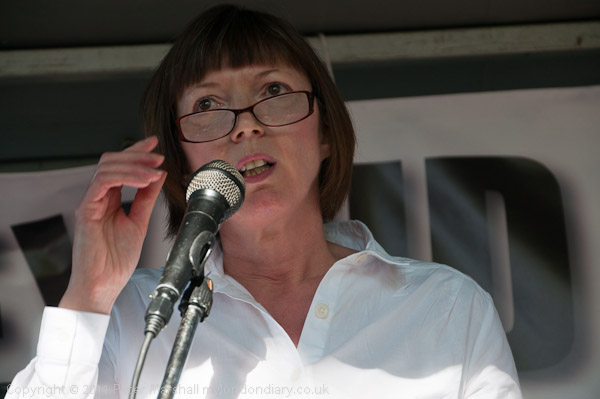
According to Wikipedia, police managed to take and dismantle the first barrier but the anti-fascists set up another a few yards down the road.
“The police attempts to take and remove the barricades were resisted in hand-to-hand fighting and also by missiles, including rubbish, rotten vegetables and the contents of chamber pots thrown at the police by women in houses along the street … children’s marbles were also used to counter charges by mounted police.”
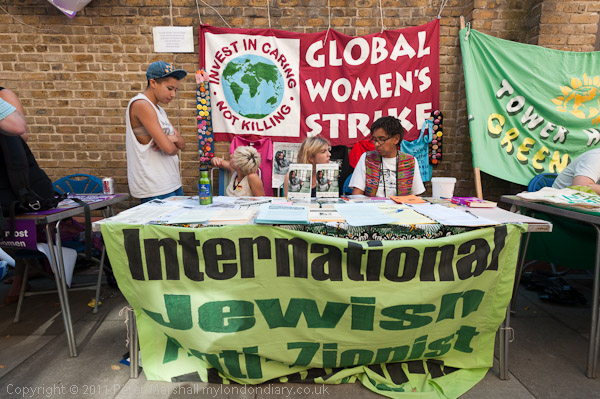
Eventually the police gave up and told Mosley to march with his followers back to the West End, where they held a rally in Hyde Park rather than those they had intended in Limehouse, Bow, Bethnal Green and Hoxton.
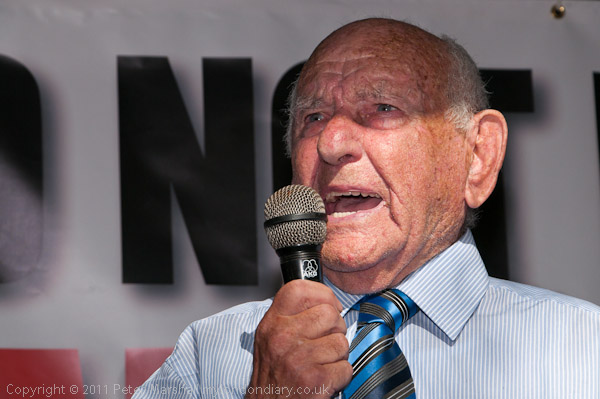
Seventy five years after the battle the crowd was rather smaller, but the well over a thousand who met at Aldgate included several veterans of the 1936 battle, among them 96 year old Max Levitas who led the march and spoke at the rally. He was also there and spoke at the 80th anniversary event in 2016.
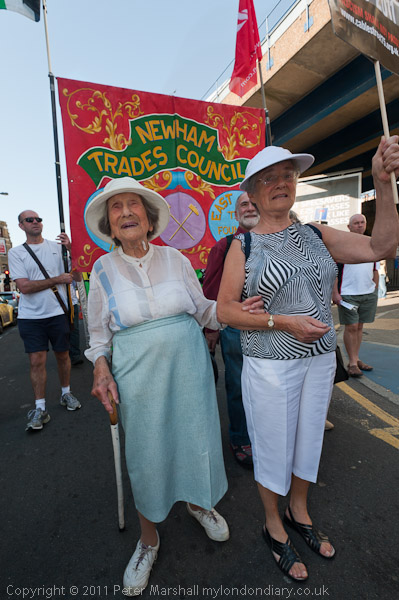
The oldest person on the march was 106 year old lifelong political activist and suffragette Hetty Bower who had also been at the 1936 demonstration and was later one of the founder members of CND. I photographed her on several occasions at CND and other protests, the last at the Hiroshima Day commemoration in 2013 where she spoke briefly, a few months before her death.
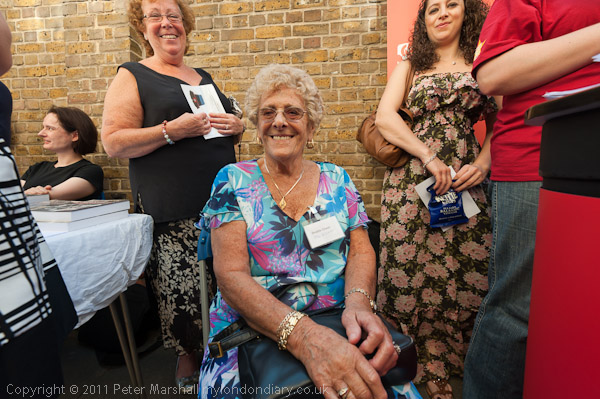
You can read more about the Cable Street 75 event on My London Diary, where there are also many more pictures.
Battle of Cable St – 75 Years
Flickr – Facebook – My London Diary – Hull Photos – Lea Valley – Paris
London’s Industrial Heritage – London Photos
All photographs on this page are copyright © Peter Marshall.
Contact me to buy prints or licence to reproduce.
